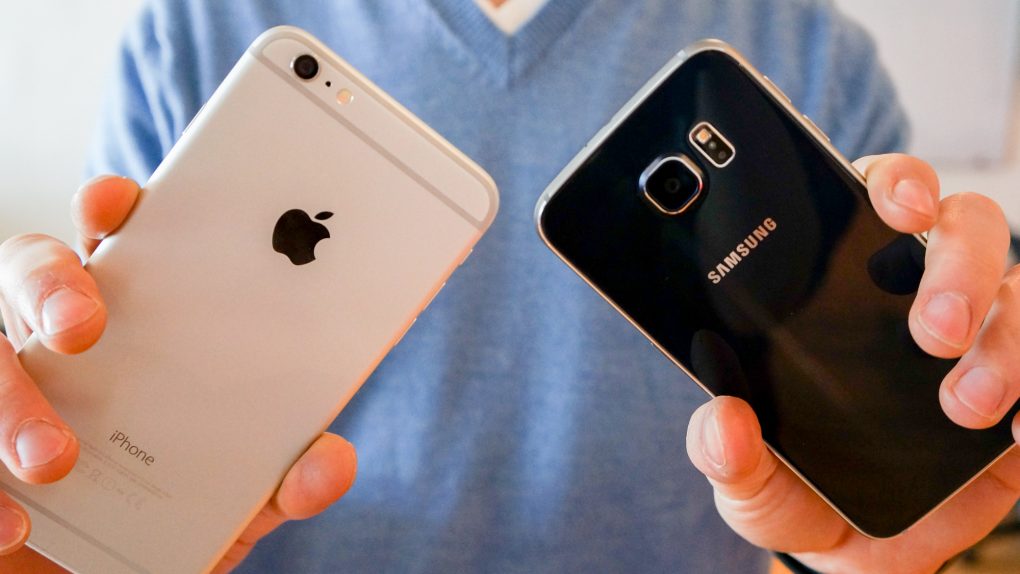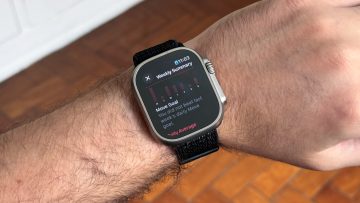In 2016, you might be forgiven for thinking we’ve reached smartphone parity. After all, the difference between an iPhone and a flagship Android device arguably comes down to personal preference at this point. But if we dive a bit deeper, it becomes apparent that the iPhone is still the smartphone to beat once we account for metrics such as reliability and failure rates.
DON’T MISS: Galaxy S7 vs. LG G5: Does innovation trump power and momentum?
According to a recently published study from the Blancco Technology Group, 85% of all mobile device failures during the fourth quarter of 2015 came from Android handsets compared to just 15% of issues which originated on iOS. Breaking down the figures by manufacturer, Samsung devices accounted for 27% of device failures, followed closely by Lenovo at 21%, Motorola at 18% and Xiaomi at 11%.
As to the specific causes of devices failing to operate properly, camera problems represented 10% of device failures, followed by touchscreen malfunctions, battery charging issues, microphone problems and overall performance issues. Together, these 5 issues account for nearly 40% of all issues encountered on both iOS and Android devices.
Interestingly enough, the issues affecting smartphone users tends to vary wildly depending on the geographic region. For instance performance and camera issues account for 25% of all problems associated with smartphone owners in North America. But if we head on over to Europe, poor carrier signal and problems making calls account for a whopping 56% of all reported device problems.
One other interesting tidbit relayed in the study is that device failures in North America are on the decline while they happen to be on the rise in Europe.
“Device failures in Europe soared during the second half of 2015,” the report notes, “rising from 14 percent during the third quarter to 29 percent during the fourth quarter.”




